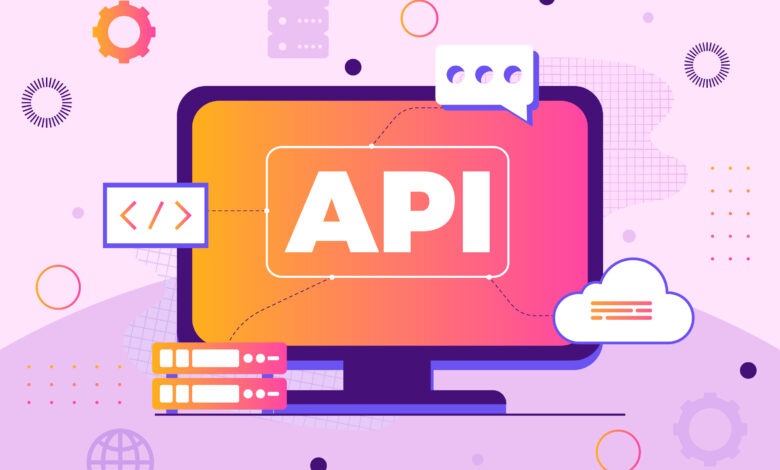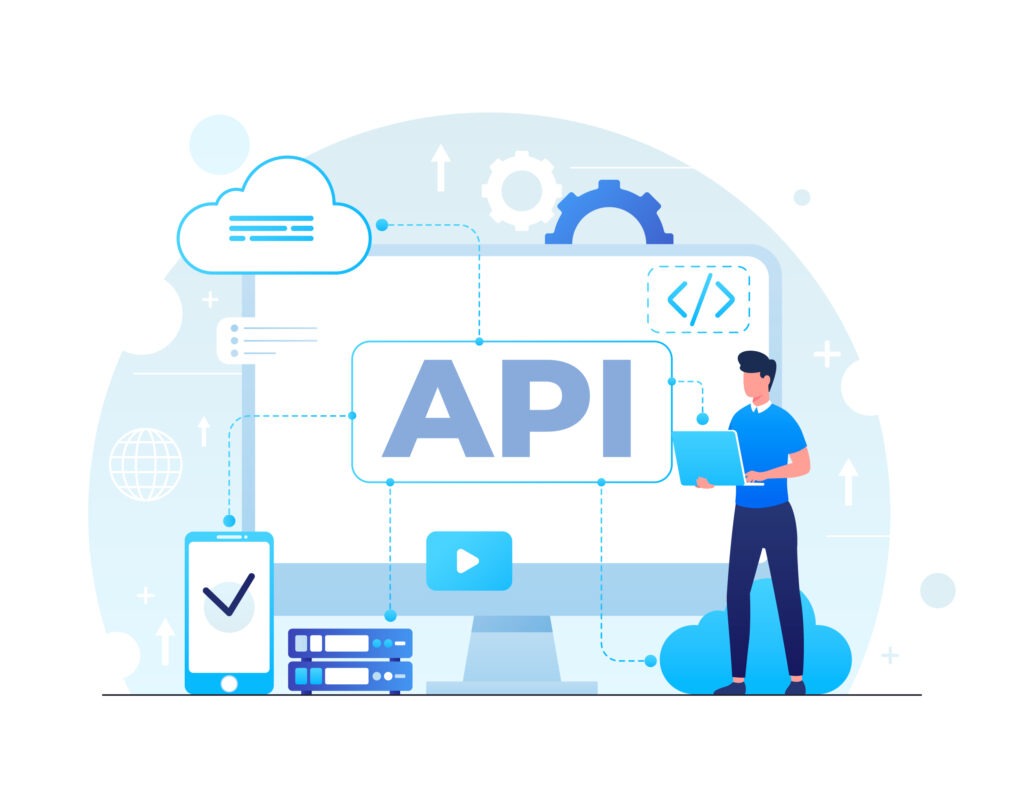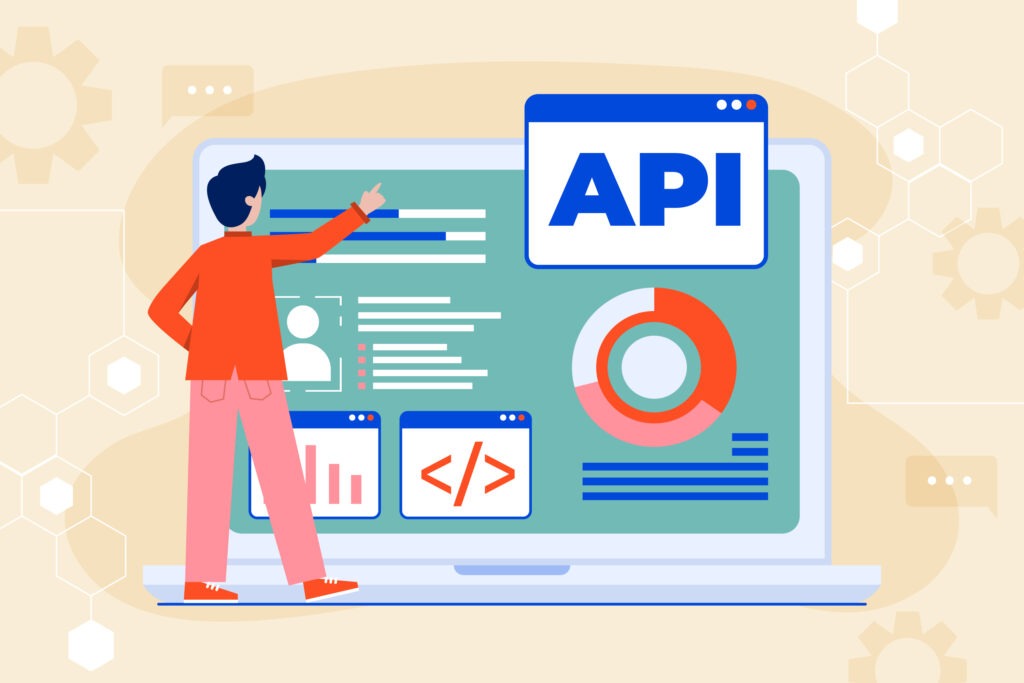What Java API Means: Advantages and the Essential Need

In the ever-evolving landscape of technology, the programming language Java has maintained a prominent position. Its versatility, efficiency, and robustness have made it a staple in the development of a vast array of applications. Central to its success are Java APIs, which provide a bridge between different software components, enabling them to communicate seamlessly. In this article, we will explore the essence of Java, delve into the concept of Java APIs, examine their users and necessity, categorize their types, and highlight the most commonly used ones. We will also discuss the advantages of APIs and suggest next steps for those looking to deepen their understanding.
Table of Contents
What is Java?

Java is a high-level, object-oriented programming language renowned for its portability, security, and robustness. Created by Sun Microsystems in 1995, it allows developers to write code that can run on any device equipped with the Java Virtual Machine (JVM). The language’s architecture-neutral nature ensures seamless operation across diverse platforms, such as Windows, macOS, and Linux. Central to its utility are the Java libraries, which provide a wealth of pre-built functions and classes, streamlining the development process. These API resources empower programmers to build complex applications with greater efficiency and reliability.
What Are Java APIs?
Java APIs (Application Programming Interfaces) are indispensable tools for Java developers, encapsulating a vast array of pre-written classes, interfaces, and packages. These API components provide standardized methods for performing common programming tasks, such as data manipulation, input/output operations, and network communication. By leveraging these predefined functionalities, developers can significantly accelerate the software development process, ensuring efficiency and consistency. The Java libraries abstract complex implementation details, allowing programmers to focus on higher-level design and problem-solving. This modularity and reusability not only streamline development but also enhance code maintainability and scalability, making Java a cornerstone of robust, efficient application development.
Who Uses Java APIs?
Individual Developers: Freelance programmers and hobbyists frequently leverage Java libraries to streamline their development efforts. These APIs provide essential building blocks, allowing them to focus on creating innovative features without delving into low-level coding complexities.
Small Development Teams: Startups and small tech companies rely on Java resources to ensure consistency and efficiency in their projects. The modularity and reusability of these APIs are vital for collaborative development, enabling teams to work cohesively and productively.
Large Enterprises: Big corporations adopt Java API frameworks to standardize their multifaceted software systems. This standardization enhances interoperability and reduces development time, ensuring that complex applications maintain high quality and reliability.
Educational Institutions: Universities and coding boot camps incorporate API usage into their curricula. By doing so, they provide students with practical experience, equipping them with the skills needed to build real-world applications using these powerful tools.
The Need for Java APIs
1- Efficiency and Productivity: The complexity of software development necessitates the use of Java APIs. These APIs provide pre-written classes and methods, reducing the time developers spend coding from scratch. This efficiency boosts productivity, allowing for quicker deployment of applications.
2- Consistency and Standardization: Java APIs promote consistency across various development projects. By using standardized interfaces, developers ensure their code adheres to industry norms, which enhances compatibility and interoperability between different software components.
3- Maintainability and Scalability: The modular nature of APIs makes code more maintainable and scalable. Developers can update or replace individual modules without affecting the entire system, making it easier to manage and expand applications over time.
4- Quality and Security: Leveraging Java APIs enhances code quality and security. These APIs are rigorously tested and widely used, reducing the likelihood of bugs and vulnerabilities in the final application.
5- Simplification of Complex Tasks: Java APIs simplify the execution of complex tasks by encapsulating intricate functionalities within easy-to-use methods. This abstraction allows developers to implement advanced features without delving into the underlying complexities.
6- Cross-Platform Compatibility:developers can create applications that run seamlessly across various platforms. This write-once, run-anywhere capability is a significant advantage in today’s diverse technological ecosystem.
7- Community and Support: The extensive means a large, active community and abundant resources are available. Developers can find comprehensive documentation, tutorials, and forums, which provide invaluable support and knowledge sharing.
8- Enhanced Collaboration: By adhering to standardized Java APIs, multiple development teams can collaborate more effectively. This standardization ensures that different parts of a project can integrate smoothly, facilitating teamwork and joint efforts across larger projects.
Types of Java APIs

Java can be broadly categorized into several types, each serving a specific purpose in the development process:
- Core APIs: These include essential classes and interfaces that form the foundation of the Java programming language. Examples are java.lang, java.util, and java.io packages.
- Networking APIs: These APIs facilitate communication over networks, enabling developers to create applications that can send and receive data over the internet. The java.net package is a prime example.
- Database APIs: These APIs provide mechanisms for interacting with databases, allowing applications to perform CRUD (Create, Read, Update, Delete) operations. JDBC (Java Database Connectivity) is a commonly used database API.
- XML Processing APIs: These APIs allow for the parsing, generation, and manipulation of XML documents. Examples include JAXP (Java API for XML Processing) and JAXB (Java Architecture for XML Binding).
- Web Services APIs: These APIs enable the development of web services, which are standardized ways of communicating between different software systems over the internet. JAX-WS (Java API for XML Web Services) is a notable example.
- Security APIs: These APIs provide functionalities for implementing security features such as encryption, authentication, and authorization. The java.security package encompasses various classes for these purposes.
- Concurrency APIs: These APIs support the development of multi-threaded applications, enabling efficient task execution and resource management. The java.util.concurrent package is widely used for concurrency control.
The Most Commonly Used Java APIs
Several Java APIs have become industry standards due to their extensive utility and robust design:
- Java Collections Framework (java.util package): This API provides data structures like lists, sets, and maps, which are essential for efficient data manipulation and storage.
- Java IO/NIO (java.io and java.nio packages): These APIs handle input and output operations, including file handling, serialization, and asynchronous I/O.
- Java Swing and JavaFX: These APIs are used for building graphical user interfaces (GUIs) for desktop applications.
- Java Servlet and JSP (JavaServer Pages): These APIs are crucial for developing dynamic web applications and server-side processing.
- Spring Framework: Although not part of the standard Java library, Spring is a widely adopted framework that provides comprehensive infrastructure support for developing Java applications, particularly in enterprise environments.
The Advantages of APIs
The utilization of APIs offers numerous advantages:
- Efficiency: APIs streamline the development process by providing pre-built functionalities, reducing the amount of code developers need to write from scratch.
- Interoperability: APIs facilitate seamless communication between different software components, enabling integration and interaction across diverse systems.
- Modularity: APIs promote modularity by allowing developers to encapsulate functionality within reusable components, enhancing maintainability and scalability.
- Standardization: By adhering to standardized interfaces, APIs ensure consistency and compatibility, making it easier to collaborate on large projects.
- Security: Many APIs include built-in security features, helping developers implement robust security measures with minimal effort.

Next Steps
For those looking to delve deeper into the world of Java , there are several steps you can take:
- Explore the Java API Documentation: The official Java API documentation provides comprehensive information on all available classes, interfaces, and methods. It is an invaluable resource for understanding the capabilities and usage of different APIs.
- Hands-On Practice: Building small projects or contributing to open-source projects can provide practical experience with Java APIs, helping you to understand their real-world applications.
- Online Courses and Tutorials: Numerous online platforms offer courses and tutorials on Java and its APIs, catering to both beginners and advanced users.
- Join Developer Communities: Participating in forums, attending meetups, and joining online communities can help you stay updated with the latest trends and best practices in Java development.
- Read Books and Articles: There are many books and articles written by experienced developers that provide insights into advanced topics and innovative uses of Java.
FAQs related to Java API

- What is Java?
- Java stands for Java Application Programming Interface. It comprises pre-written classes, methods, and packages that developers can use to build Java-based applications.
- What are the advantages of using Java?
- Using Java API provides several advantages, including faster development time, code reusability, enhanced productivity, and access to a wide range of libraries for various functionalities.
- Why is Java API important in software development?
- Java API is crucial because it simplifies complex programming tasks, promotes consistency across projects, ensures cross-platform compatibility, and facilitates collaboration among developers.
- How do Java APIs enhance productivity?
- Java APIs enhance productivity by offering ready-made solutions for common programming tasks, allowing developers to focus on application logic rather than low-level implementations.
- What are some popular Java APIs?
- Popular Java APIs include Java Collections Framework (java.util), JDBC (Java Database Connectivity), Java Servlets, JavaFX, and Java Swing, among others.
- How does Java API contribute to software scalability?
- Java API supports software scalability by enabling modular development, where components can be easily added, modified, or replaced without disrupting the entire system.
- Can Java API be customized for specific needs?
- Yes, Java API can be extended and customized through inheritance, interfaces, and implementing new classes to meet specific application requirements.
- How can developers stay updated with new Java API releases?
- Developers can stay updated with new Java API releases by regularly checking official Java documentation, following community forums, attending conferences, and subscribing to developer newsletters.





canadian pharcharmy
best mexican online pharmacies
discount prescriptions
prescription drugs online without
canadian drug store prices
legitimate canadian mail order pharmacy
prix viagra
pharmacy online
sildenafil review
canadian drug company
generic cialis without prescription
sildenafil warnings
online pharmacy no prescription
Your article helped me a lot, is there any more related content? Thanks!
Thanks for sharing. I read many of your blog posts, cool, your blog is very good.
viagra generic